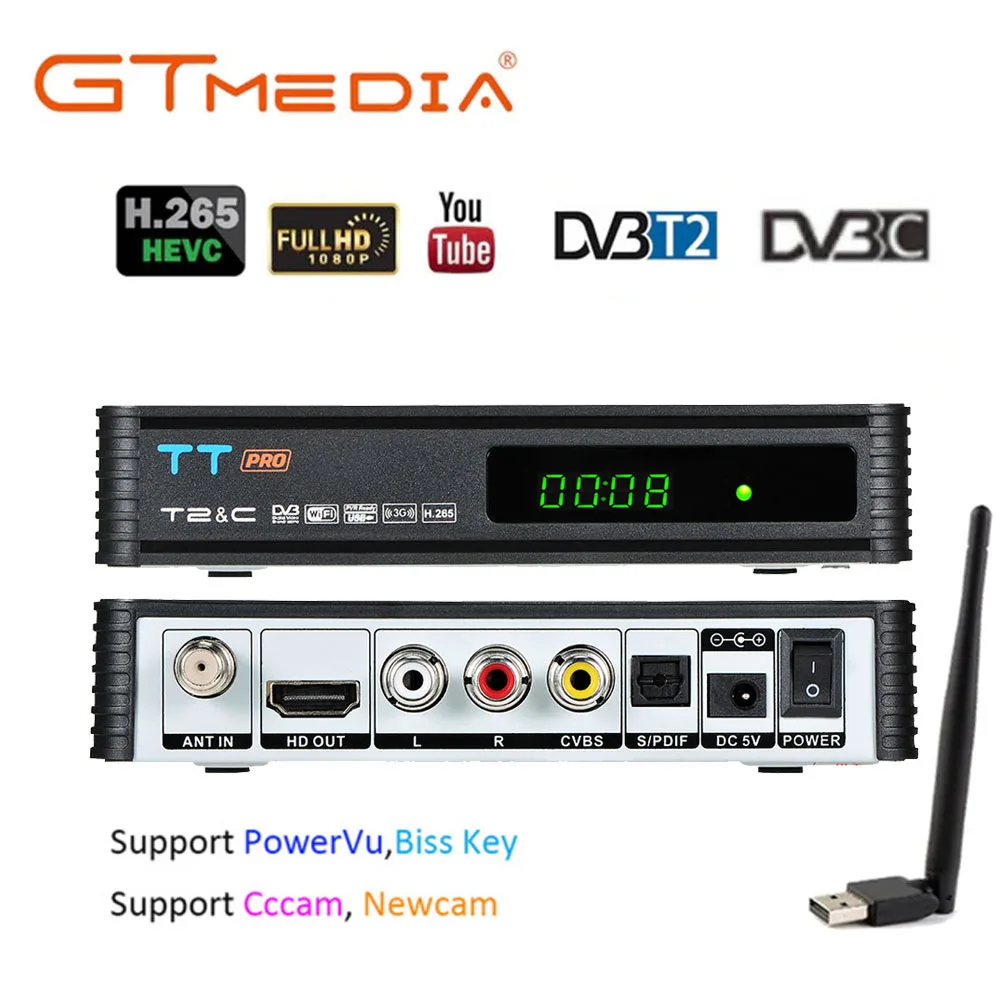

- #USB MPEG 2 DECODER HOW TO#
- #USB MPEG 2 DECODER SERIAL NUMBER#
- #USB MPEG 2 DECODER SERIAL#
- #USB MPEG 2 DECODER MANUAL#
If you have a keyboard attached to your Raspbmc machine, simply select “Exit” out of the Raspbmc interface via the power button in the lower left hand side of the GUI.
#USB MPEG 2 DECODER SERIAL#
Retrieving the Serial Number: First, visit the command prompt either at the actual terminal or remotely connected to the terminal via an SSH tool such as PuTTY. This number is not printed anywhere on the circuit board but is instead stored in the hardware it must be retrieved using the command prompt.
#USB MPEG 2 DECODER SERIAL NUMBER#
In order to purchase the licenses you need, you will have to retrieve the unique serial number for your Raspberry Pi board.

#USB MPEG 2 DECODER HOW TO#
After that, we’ll show you how to manually add the licenses to your Pi or use the built-in tool within Raspbmc. Access to the command prompt on the Raspberry Pi (either at the physical device or via SSH).įirst, we will walk you through getting the serial number off the board and purchasing the licenses you need.An MPEG-2 (~$4)and/or VC-1 license(~$2) purchased from the Raspberry Pi store.To follow along you’ll need the following things: We’ll be covering two methods: adding the license code manually and via Raspbmc-a popular Raspberry Pi-enabled distribution of XBMC.
#USB MPEG 2 DECODER MANUAL#
Further, we’ll be using a copy of Raspbmc for this tutorial under the assumption that many of our readers followed our Raspbmc guide and would now like to add in DVD/WMV support to their build.Įven if you are using another Raspberry Pi distribution, the command line instructions and the manual configuration are still applicable to you and your Pi unit. What Do I Need?įor this tutorial we’re assuming you’ve already got your hands on a Raspberry Pi unit and installed your operating system of choice on it. MediaInfo will tell you the specific video codec for any video file you examine. The more precise way to check is to examine the file itself using a tool like MediaInfo-you can follow along with our MediaInfo tutorial here. If the file is, for example, an MPEG-2 encoded video file there is a very high chance that the audio track will play just fine but the video track will fail to render, leaving the screen black. First, you can try to load the file in your Raspberry Pi media center. If you’re unsure if you have the files types in question there are two simple ways to check. Watch content I’ve ripped or recorded using Windows Media Center (such as movies or television shows in the WMV container format).While AVI is technically a container format, not a codec, the vast majority of AVI files are encoded using MPEG-2 and as such you’ll need an MPEG-2 license. In this case you need an MPEG-2 license to decode the video on the DVDs. Watch DVDs (either straight from an attached DVD drive or from ripped.I’m using my Raspberry Pi as a media center and/or general purpose device and I wish to:

If you’re wondering whether or not you’re the target audience for this license sale program and this tutorial, check to see if any of the following statements apply to you: Fortunately the Raspberry Pi Foundation was able to make arrangements to sell individual licenses for each codec very inexpensively. This doesn’t mean the Raspberry Pi is not capable of decoding media encoded in MPEG-2 or VC-1, but that by default the codecs cannot run on the Raspberry Pi hardware for want of a proper license. Part of their cost cutting measures included not purchasing a pricey blanket license to use the MPEG-2 and VC-1 video codecs. As part of that educational mission, the Raspberry Pi Foundation has gone out of their way to minimize the manufacturing and licensing costs in order to keep the final cost of the device down. The Raspberry Pi was designed to be an educational computer.


 0 kommentar(er)
0 kommentar(er)
